
Phalacrocorax urile
Red-faced Cormorant、 water crow
The red-faced cormorant (Phalacrocorax urile), also known as the red-faced c···

Ardeola grayii
Indian Pond-heron, Indian Pond Heron, Indian Pond-Heron
The Indian Pond Heron (Ardeola grayii) is a medium-sized wading bird, a smal···
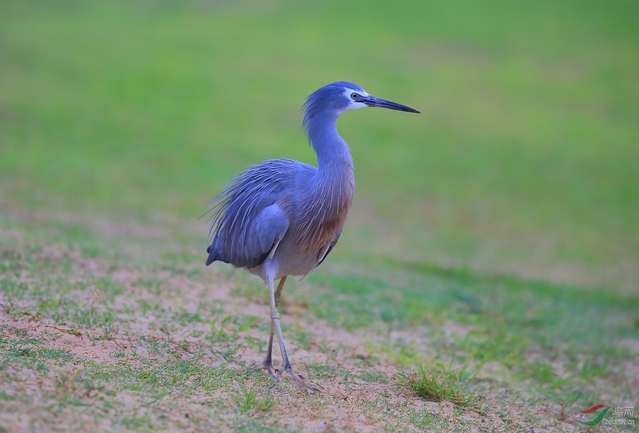
Egretta novaehollandiae
Egretta novaehollandiae,White-faced Heron,White-faced Heron
The white-faced heron (Egretta novaehollandiae), also known as the white-fac···
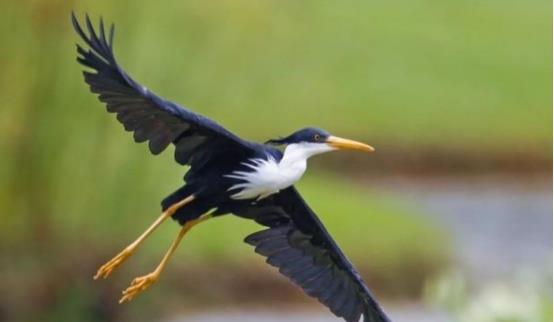
Egretta picata
Egretta picata,Pied Heron
The spotted egret (Taiwanese white-necked black egret) (scientific name: Egr···
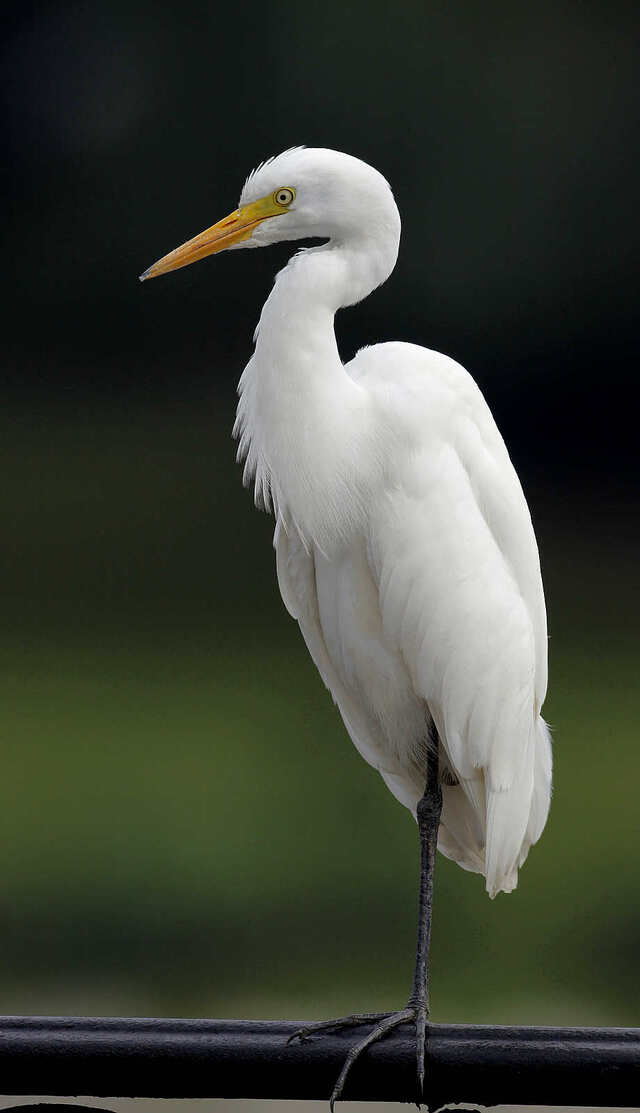
Ardea intermedia
Intermediate Egret,Yellow-billed Egret。Plumed Egret,Mesophoyx intermedia、Egretta intermedia
Ardea intermedia (scientific name: Ardea intermedia) is a bird of the genus ···
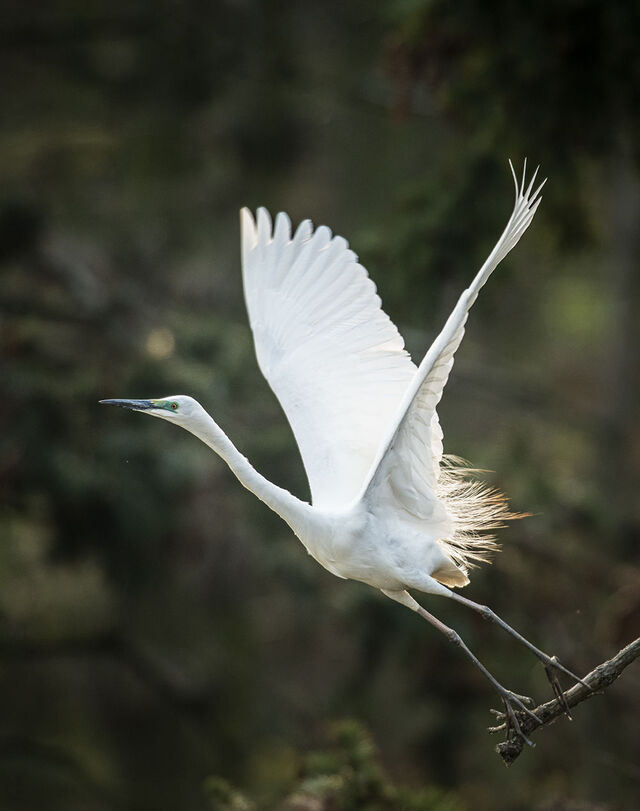
Ardea alba
Ardea alba,egret, heron, white floating bird, winter village, great white crane, white crane heron, white village, snow guest
The great egret (scientific name: Ardea alba) is a bird of the genus Egret i···
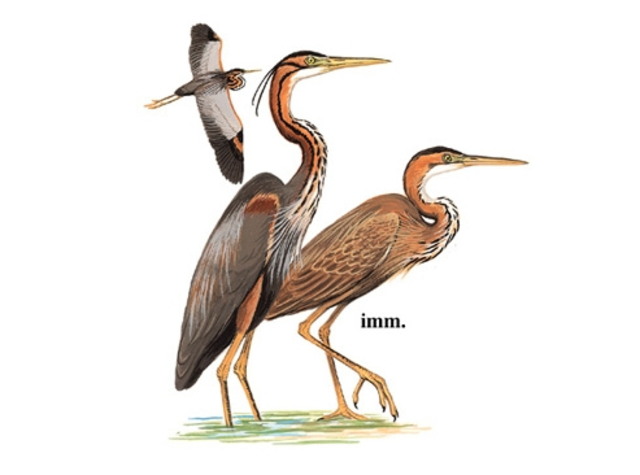
Ardea purpurea
Purple Heron、Purple heron, flower cellar horse, wood heron, long-necked heron
Ardea purpurea is a species of heron in the Ardeidae family. It is also know···
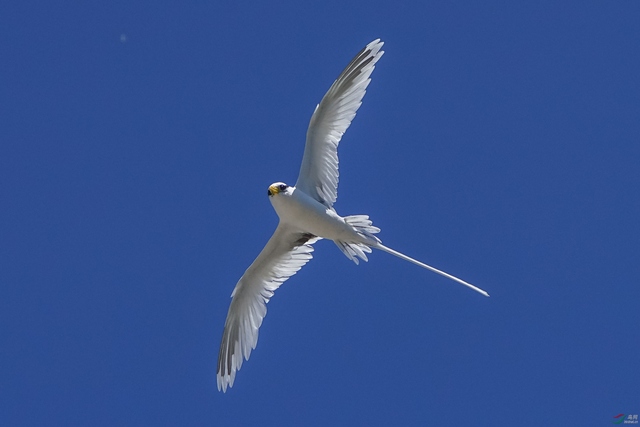
Phaethon lepturus
Phaethon lepturus、White-tailed Tropicbird, Long-tailed tropicbird
White-tailed grebe (scientific name: Phaethon lepturus) is a bird of the gen···

Phaethon rubricauda
Phaethon rubricauda,Red-tailed Tropicbird
The Red-tailed Pi ... A dark brown comma-shaped stripe extends from behind t···

Phaethon aethereus
Phaethon aethereus,Red-billed Tropicbird
Distributed in tropical and subtropical parts of the Pacific and Indian Ocea···
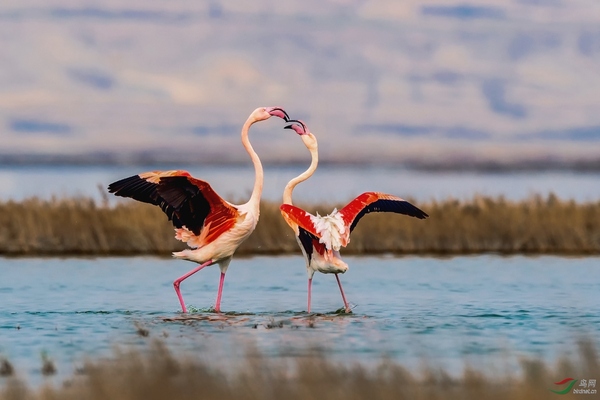
Phoenicopterus roseus
Phoenicopterus roseus,
The Greater Flamingo is a genus of Flamingo in the order Phoenicopteridae, c···

Bambusicola sonorivox
Bambusicola sonorivox,Taiwan bamboo partridge
Taiwan bamboo partridge, also known as red-footed bamboo partridge (English:···

Hemipus picatus
Hemipus picatus,Bar-winged Flycatcher-shrike
The brown-backed flycatcher mainly breeds in mountain forests at an altitude···

Chestnut-headed Nunlet
Nonnula amaurocephala,Chestnut-headed Puffy-headed Pier
The scientific name of Chestnut-headed Nunlet is Nonnula amaurocephala, and ···

Psilopogon oorti
Psilopogon duvaucelii,Black-eared barbet
The scientific name of the black-eared woodpecker is Psilopogon duvaucelii, ···

White-naped Woodpecker
Chrysocolaptes festivus
The scientific name of the black-rumped woodpecker is Chrysocolaptes festivu···

Yellow-faced Golden-backed Woodpecker
Chrysocolaptes xanthocephalus
The scientific name of the yellow-faced golden-backed woodpecker is Chrysoco···
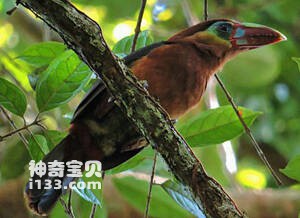
Tawny-tufted Toucanet
Selenidera nattereri
The scientific name of the tea-bearded little toucan is Selenidera nattereri···
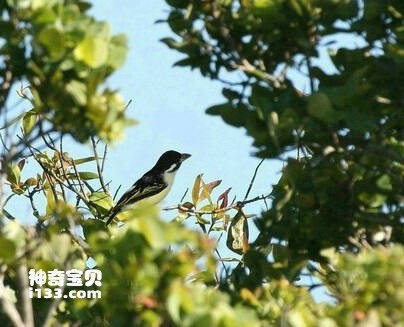
white breasted chimes
Pogoniulus makawai
The scientific name of the white-chested tinkerbird is Pogoniulus makawai, a···
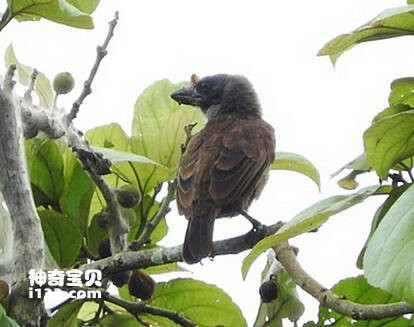
Sri Lankan
Gymnobucco sladeni,Sladen's Barbet
The scientific name of Sladen's Barbet is Gymnobucco sladeni, and its fo···
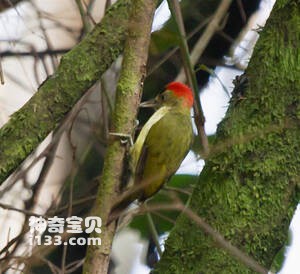
Ehrlich's Woodpecker
Dendropicos elliotii
The scientific name of the Elliot's Woodpecker is Dendropicos elliotii, ···
